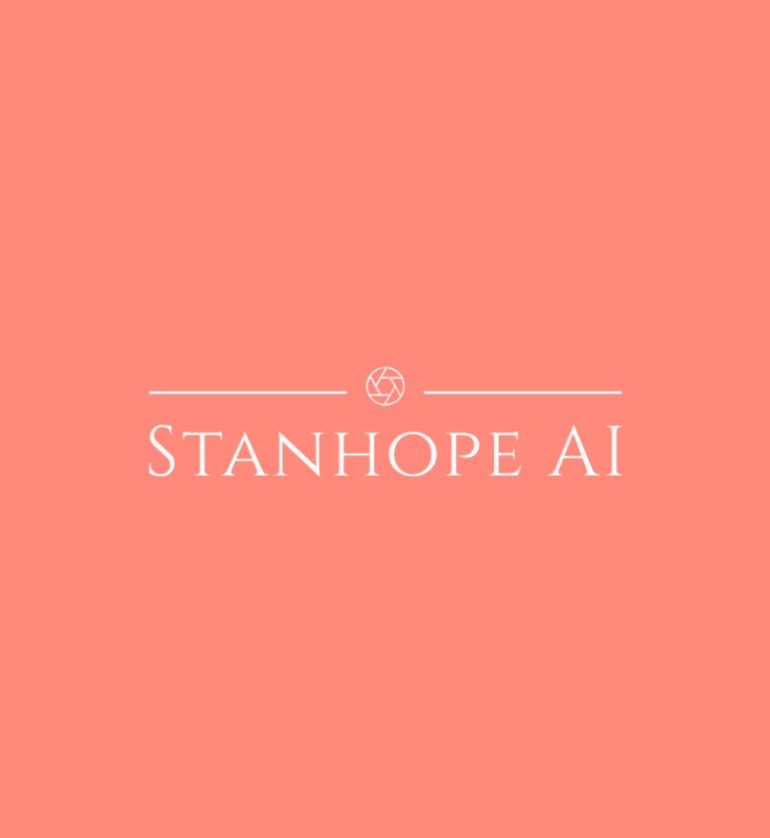- Stanhope AI raises £2.3 million for further development of neuroscience-inspired AI.
- Funding is led by UCL Tech Fund, with support from Moonfire Ventures, Rockmount Capital, and angel investors.
- Stanhope’s technology integrates neuroscience principles to create more human-like AI.
- The team includes AI and Neurology experts Rosalyn Moran, Karl Friston, and Dr. Biswa Sengupta.
- Focus on the Free Energy Principle to mimic the human brain’s predictive capabilities.
- The investment aims to address challenges like hallucination issues, adaptability, and energy costs in AI.
- Testing active inference technology in delivery drones, with plans for broader applications.
- Funding allocated for research and practical deployment of ‘agentic’ AI models.
Main AI News:
In a significant boost to its development efforts, neuroscience-driven AI startup Stanhope has successfully raised £2.3 million. This infusion of capital will fuel the company’s ongoing endeavors to create AI systems that emulate the information-gathering mechanisms of the human brain, aiming for a more ‘human-like’ AI experience. The funding round was spearheaded by the UCL Tech Fund, with substantial participation from Moonfire Ventures, Rockmount Capital, and a cohort of angel investors.
Stanhope’s technological endeavors are founded on a fusion of academic rigor and commercial acumen, boasting a stellar team comprising AI and Neurology luminaries such as Rosalyn Moran and Karl Friston, alongside Dr. Biswa Sengupta, formerly associated with JP Morgan Chase. At the core of Stanhope’s approach lies the Free Energy Principle, a seminal concept pioneered by Professor Friston, which delves into the intricate mechanisms of how the human brain anticipates and interprets its surroundings, bypassing the need to sift through colossal volumes of sensory input.
This recent funding injection underscores a vote of confidence in Stanhope’s integration of neuroscience principles to combat prevalent challenges plaguing the AI landscape, including hallucination issues, adaptability shortcomings in novel environments, and the formidable energy costs that impede the progress of AI ventures across diverse sectors.
Currently, Stanhope is actively trialing its pioneering technology in the realm of delivery drones, employing a technique termed ‘active inference.’ These drones leverage sophisticated sensor analysis to discern obstacles, eschewing conventional reliance on maps or GPS. Notably, such drones and other ‘autonomous’ contraptions are already in use by esteemed entities like Germany’s Federal Agency for Disruptive Innovation and the Royal Navy. The company is undergoing rigorous indoor testing of its innovations, with plans to commence outdoor demonstrations in more complex environments come summer. The fresh infusion of funds will be channeled towards further research and refinement of Stanhope’s ‘agentic’ models, as well as towards practical deployment in real-world scenarios.
Commenting on the investment, David Grimm, a Partner at UCL Technology Fund, remarked: “In the landscape of AI startups, Stanhope stands out for its exceptional blend of scientific prowess and technical expertise. Their innovative approach, fusing insights from neuroscience with advanced AI techniques, holds tremendous promise in advancing the frontiers of AI and tackling some of its most pressing challenges. We eagerly anticipate witnessing the remarkable strides this team will make in the days ahead.”
Conclusion:
The investment secured by Stanhope AI underscores growing confidence in the fusion of neuroscience and AI, reflecting a shift towards more human-centric artificial intelligence solutions. This trend signals significant potential for advancements in various industries, particularly in addressing complex challenges where traditional AI approaches fall short. As Stanhope continues to refine its technology and expand its applications, it is poised to drive innovation and reshape the landscape of AI-driven solutions.

